Kenya
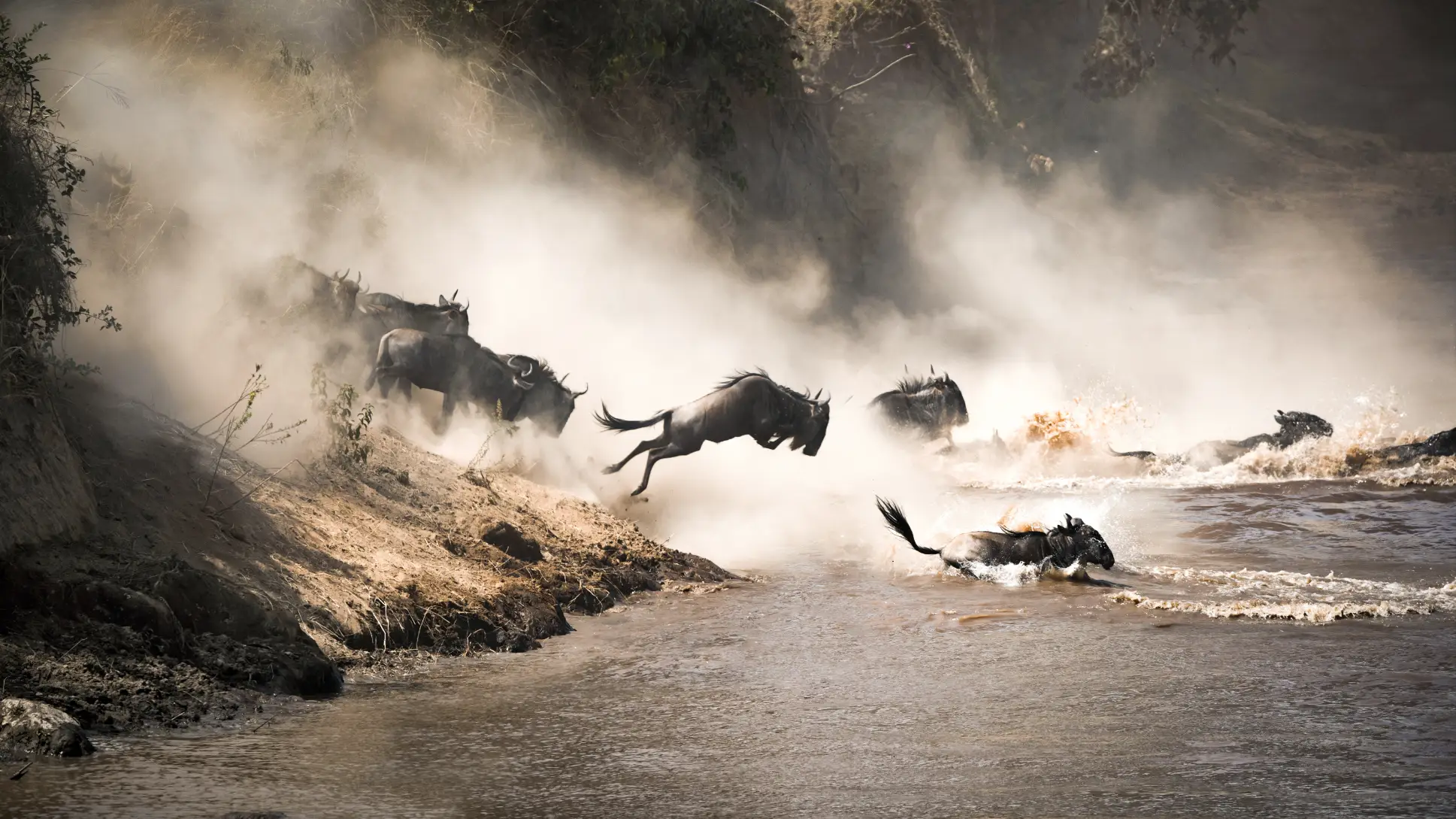
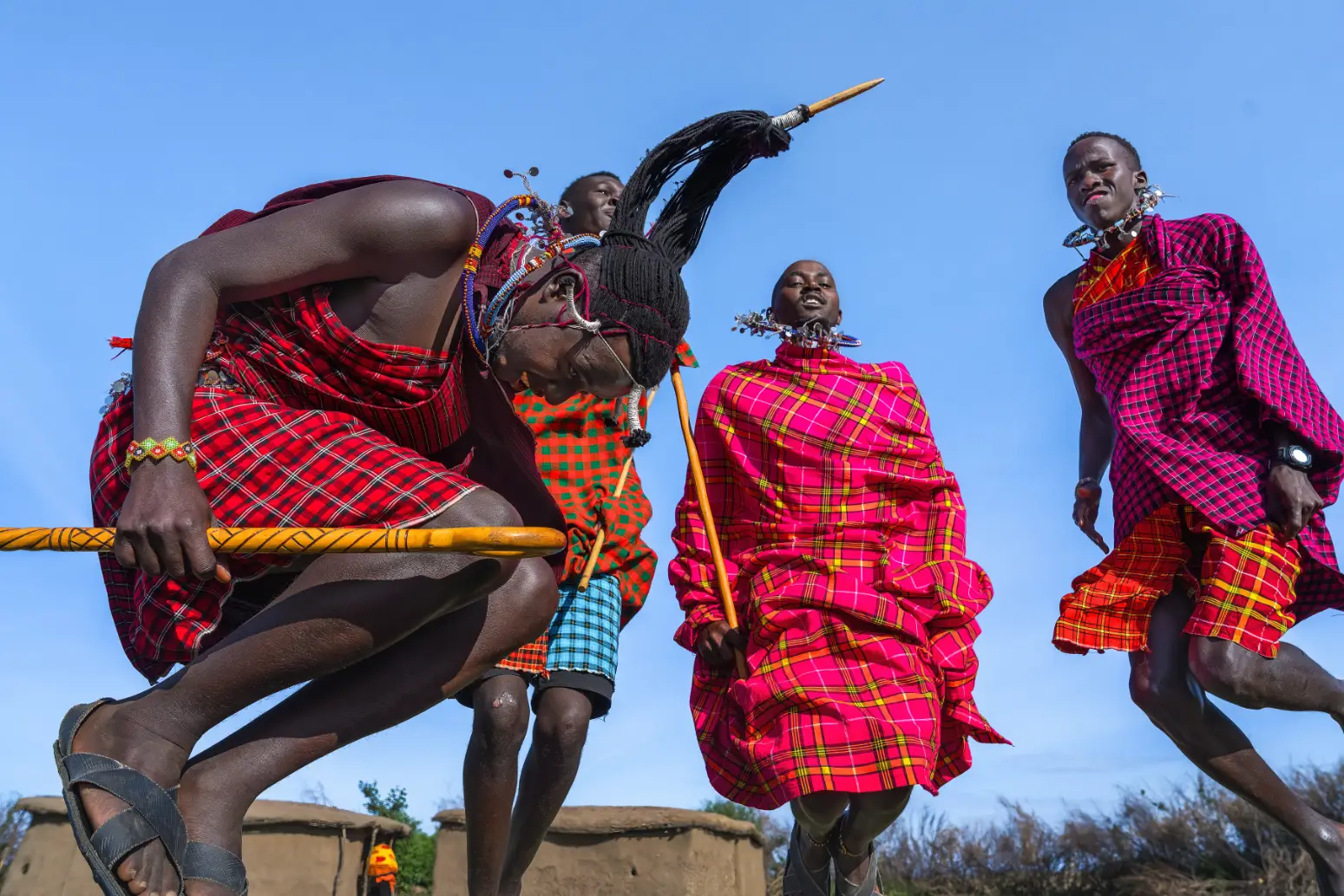
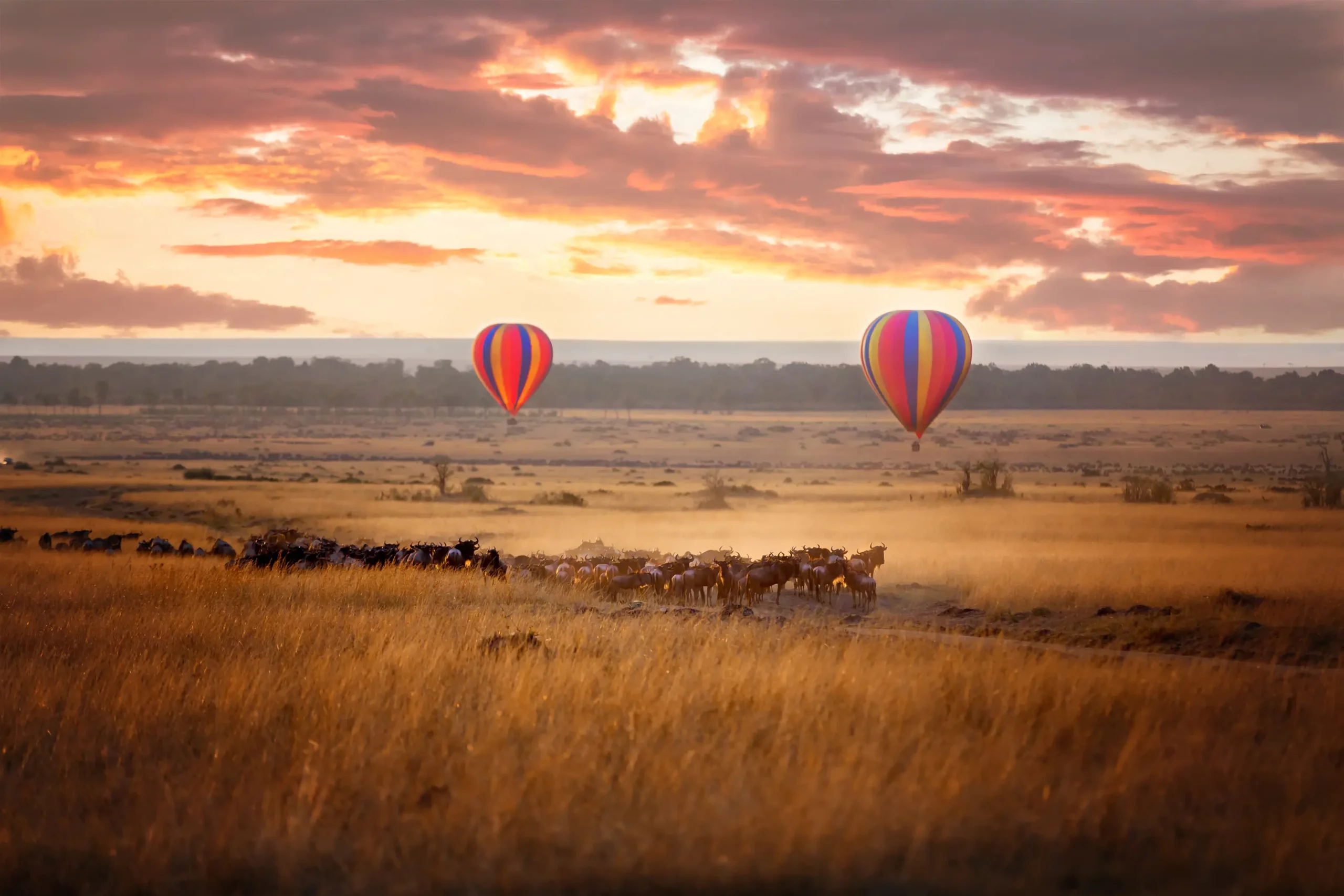
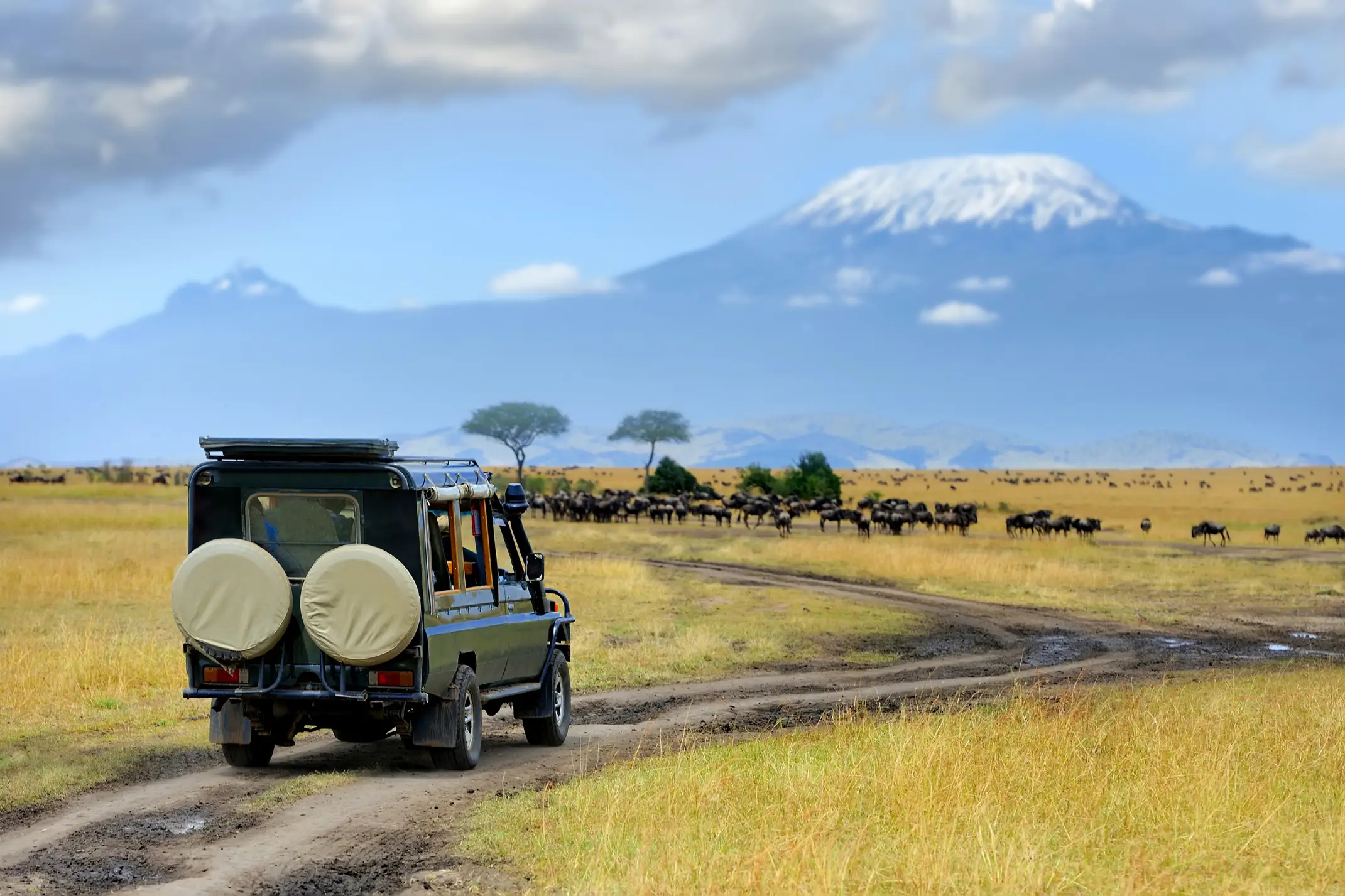
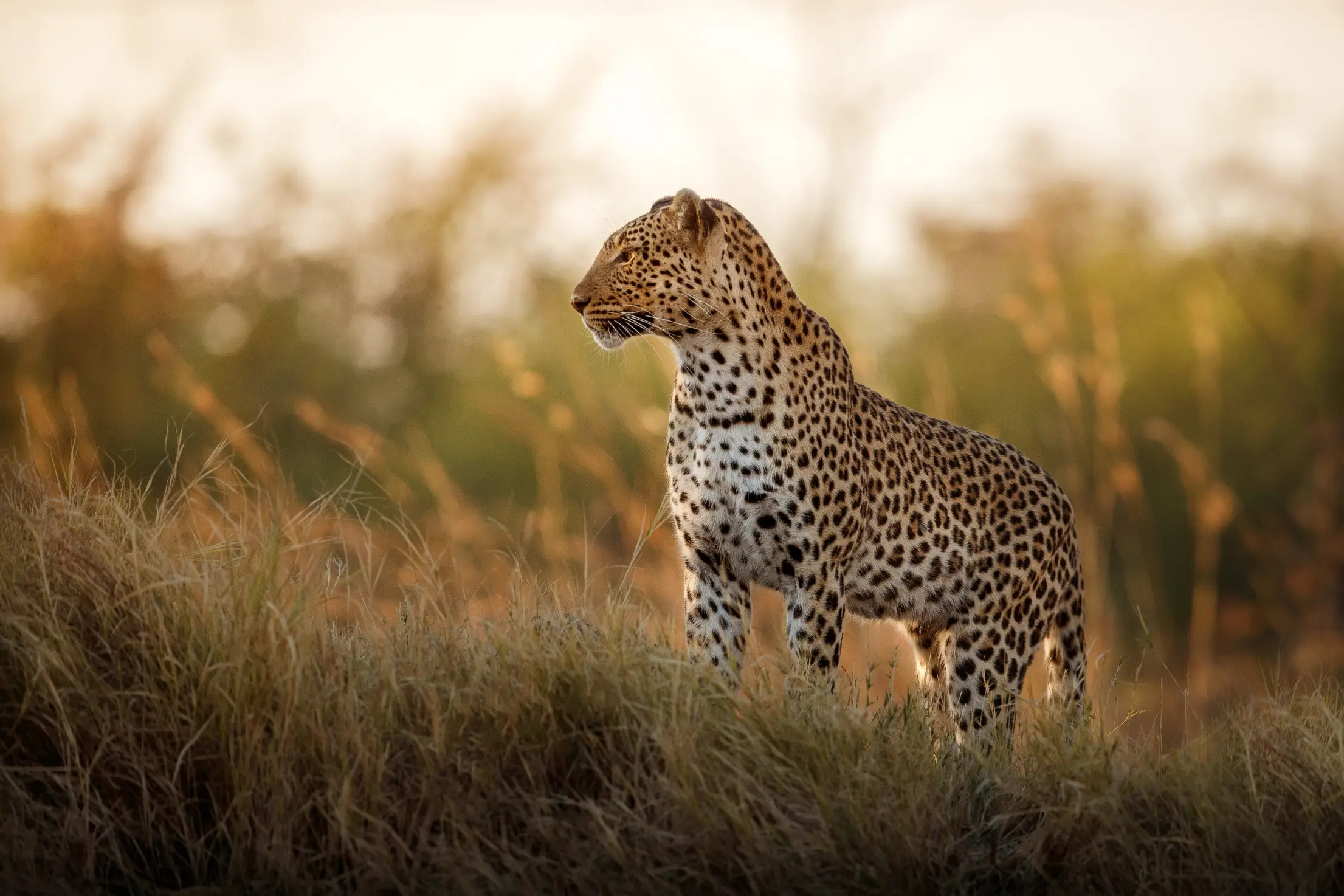
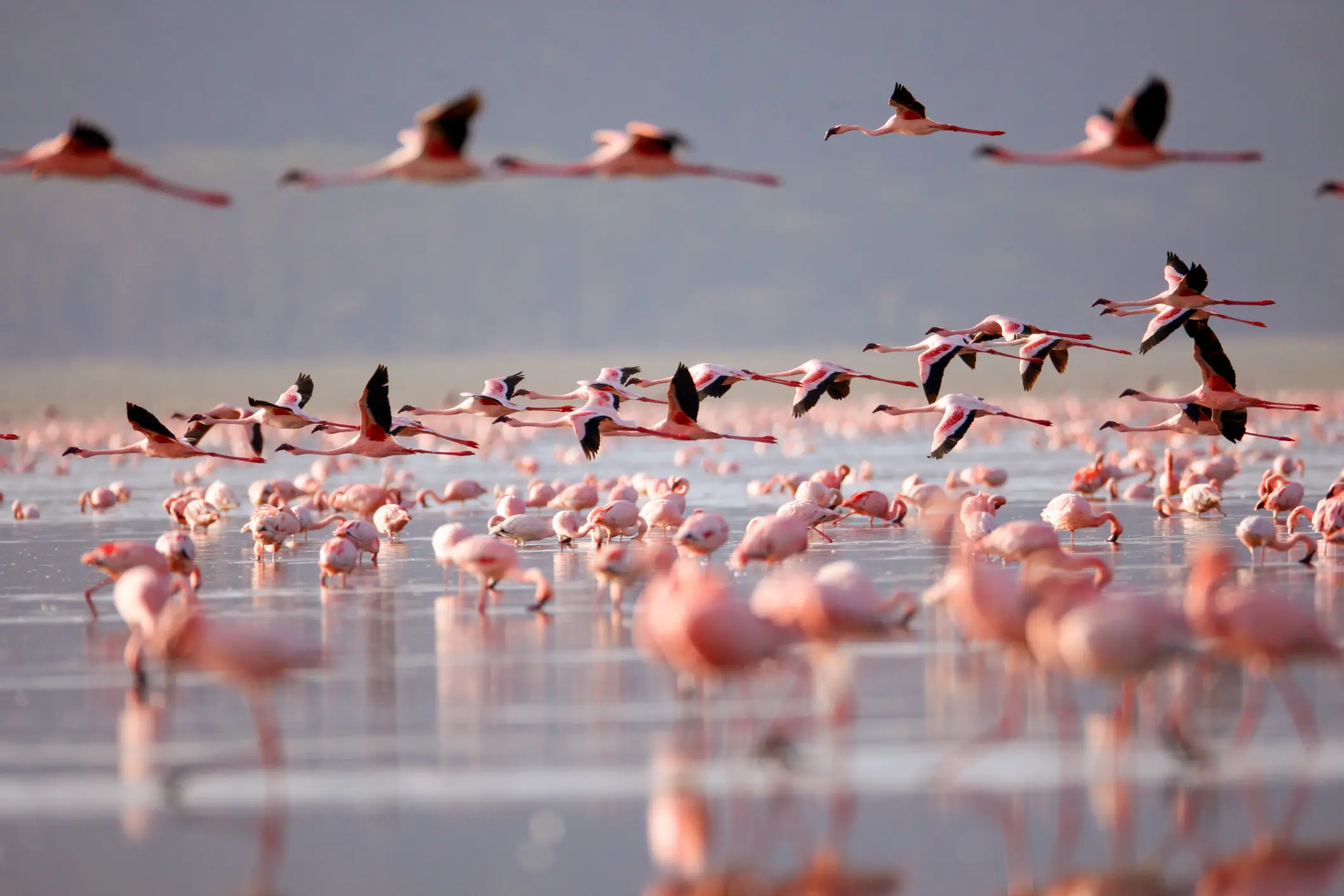
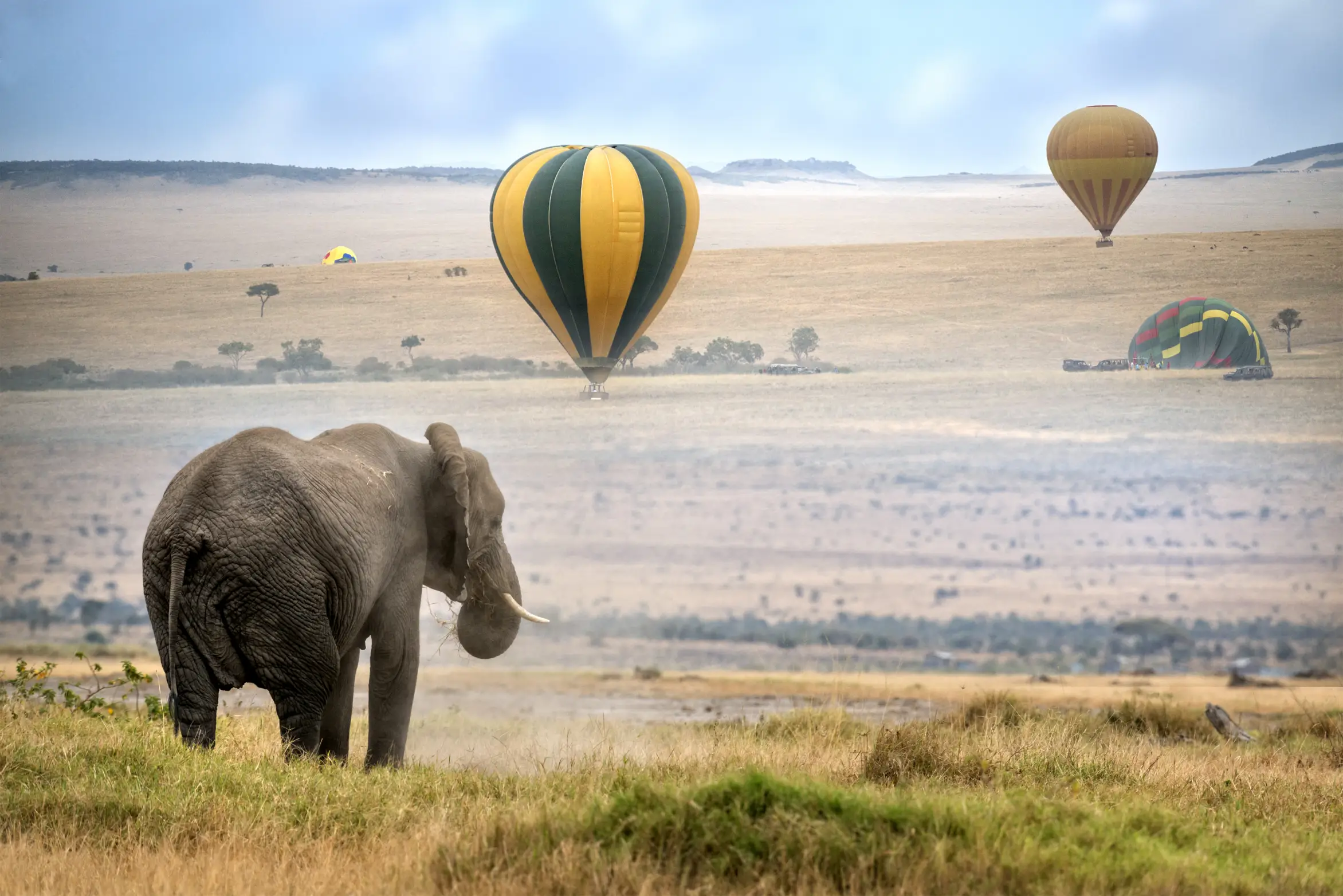

The birthplace of safari, where wild drama & deep heritage converge.
Kenya is safari at its most iconic. Picture endless plains dotted with acacia trees, herds of wildebeest on the move, and big cats resting in the golden light. This is the birthplace of safari, home to the legendary Masai Mara, the snow-capped peaks of Mount Kenya, and vibrant cultural traditions that shape every journey. Drift over the Mara in a hot air balloon, walk alongside Maasai warriors, or discover elephant strongholds in the remote Samburu. From game-rich reserves to tropical coastlines, Kenya is a land of contrasts and connection, where timeless wilderness meets curated adventure.
Highlights
- Witness the Migration in the Masai Mara
- Soar over savannas in a hot air balloon
- Discover the Maasai and their rich culture
- See elephants roam beneath Kilimanjaro
When to go
December - February
Calving Season
June - October
Where to go
Places that tell a deeper story.
For those who dare to explore.
Ker & Downey® Africa reveals the heart of each country through its most iconic and undiscovered places. From legendary landmarks to hidden gems, each journey connects you to the landscapes, cultures, and stories that shape a nation.
Masai Mara National Reserve
The Masai Mara is safari drama at its finest, famed for the Great Wildebeest Migration and year-round predator action. Witness iconic river crossings, soar by hot air balloon, and stay in camps that blend elegance with raw wilderness.
Laikipia Plateau
Laikipia is a land of vast private conservancies, where conservation and community tourism lead the way. Track rhino on foot, explore by horseback or camel, and connect with the land through exclusive, off-the-map experiences.
Lewa Conservancy
Lewa is a pioneering conservation success story, home to endangered species and luxurious camps with purpose. Expect intimate game viewing, wide open views, and inspiring insight into Kenya’s wildlife protection efforts.
Amboseli National Park
Set against the snow-capped silhouette of Mount Kilimanjaro, Amboseli is known for its large tuskers and cinematic vistas. It’s a photographer’s paradise and a place where land, light, and wildlife come together in perfect harmony.
Samburu National Reserve
Samburu reveals a different side of Kenya — arid, soulful, and rich in culture. Encounter rare northern species, watch elephants gather at the river, and spend time with the vibrant Samburu people in a land that feels timeless.
Lake Nakuru and the Rift Valley
Framed by escarpments and dotted with acacia, Lake Nakuru shimmers with seasonal flamingos and wildlife. This corner of the Rift Valley offers big views, big game, and a quieter pace just a few hours from Nairobi.
Mount Kenya
Africa’s second-highest peak rises out of ancient forest and mist, offering trekking routes and alpine adventures for the bold. Scenic helicopter flips and forest lodges also offer a more leisurely way to take it in.
Lamu Island
Lamu is the soul of Swahili culture, where narrow streets and carved doors echo centuries of history. Spend your days exploring spice markets, sailing on a dhow, or unwinding on quiet beaches fringed by palms.
Curated Packages
Signature journeys across Kenya
Our expert team crafts journeys that transcend luxury. Each itinerary is shaped by the spirit of the land and the wisdom of its people — opening doors to experiences few can imagine, and even fewer will ever access.
June - Sept
|
15 DAYS
Gorillas & Big Five Safari Adventure
From
per person
All Year Round
|
9 DAYS
‘Out of Africa’ Safari in Kenya
From
per person
All Year Round
|
13 DAYS
Amboseli, Lewa and Masai Mara Safari
From
per person
June-October
|
10 DAYS
Electric Vehicle Safari in Kenya
From
per person
All Year Round
|
8 DAYS
Luxury Kenya Safari
From
per person
July-September
|
6 DAYS
Horseback Safari in Kenya
From
per person
June-October
|
9 DAYS
Sub Saharan Kenya Safari Experience
From
per person
Experiences
Experiences off the beaten track.
Crafted for the bold + discerning.
Accommodation
Exclusive stays across Kenya
Ker & Downey® Africa handpicks exclusive luxury properties, from private villas to remote lodges, each selected for their sense of place, refined design, and meaningful connection to the land and its people. The below pricing range reflects starting prices per person sharing per night, varying by season and destination.
Cottars 1920 Camp
Ol Donyo Lodge
Giraffe Manor
Angama Mara
EXPLORE THE DESTINATION
Our destination travel guides combine expert insight and inspiration to help you plan an exceptional African safari. Each guide explores the best time to visit, top safari experiences, seasonal wildlife highlights, and essential travel information — all curated by our Africa travel specialists. Presented in an immersive, magazine-style format, these destination guides are designed to inform, inspire, and support a thoughtfully planned safari experience from start to finish.
Take a seat beside the campfire, where untold stories rise with the smoke, legends live in the land, and luxury is part of the wild.
What our
Travelers say
Travelers say
South africa honeymoon
"Thank you for the best honeymoon we could’ve imagined! We spent 5 nights on safari at luxury lodges, followed by 3 nights in Cape Town, and ended our journey on a stunning private nature reserve. Everything ran seamlessly, and the team stayed in touch with us throughout. Words can’t describe how incredible the experience was."
Ilicia Manzi, New York, USA
south africa safari
"As a travel journalist who’s stayed at hundreds of hotels and worked with countless guides, I can confidently say Ker & Downey® Africa stands out. From handpicking exceptional properties to being available before 8am on a Saturday, their attention to detail and high-touch service made my South African journey seamless. I wouldn’t plan another trip to Africa without them."
Katie Jackson, New York, USA
FAQ
Everything you need to know about Kenya
Our team of seasoned specialists share everything you need to know, from essential travel tips to thoughtful insights that ensure a seamless journey from start to finish.
Capital
Nairobi
Currency
Kenyan Shilling (KES)
Language
Swahili and English
Time difference
UTC+3
/01
Best time to go?
+/02
When is the high season?
+/03
When is the low season?
+/04
When is the best weather?
+/05
Why should I choose a safari in Kenya?
+/06
How much does a safari in Kenya cost?
+/07
What animals will I see?
+/08
Popular safari destinations in Kenya?
+/09
What amenities can I expect in my luxury safari lodge?
+Africa Travel Journal
An insider’s guide to the heart of Africa
Explore our expert travel journals, packed with bold adventures, rare experiences, and smart travel intel to inspire your next journey across this richly storied continent.
Insights
Spring Safari 2025 Packages
Fireside Chats
Conquering Kili & the Climb for Conservation
Accommodation
The Little Black Book of Honeymoons in Africa
Insights
10 Reasons To Visit South Africa
Insights
Safari Calendar 2026
Experiences
Cape Town to Antarctica in 24 Hours
AN INSIDER’S GUIDE
The heart of Africa
Sign up to receive curated journeys, expert safari intel, and first-hand access to Africa’s most exclusive travel experiences.











